Updated: June 2, 2020
Table of Contents
Intro
The number one reason most people give for not traveling is that they can’t afford it. This is definitely something we can relate to. For most of our relationship so far, we’ve been relying on only a single income to pay the bills, while still saving money to travel on a limited budget. Anyone who follows us knows that in 2018, alone, we were fortunate enough to travel to the United States, England, Scotland, Aruba, Austria and various destinations in Germany. In September 2019, we embarked on an 8-month world trip that was cut short by the coronavirus pandemic. Until we were forced to come home, we were traveling full time, saving for retirement, saving to buy/build a home and putting money into a savings account; no, we’re not rich and we never had well paying jobs. Our money saving secret comes in the form of budgeting and knowing how to find the best deals. In this article, we are going to share some of our budget travel tips as well as how you can even save money while traveling.
Important Considerations
You can’t properly budget for your trip without keeping a few things in mind. Although your biggest expenses are typically accommodation, food and transportation, there are a number of other things that will impact your budget that you probably never even considered. That’s why we feel it’s important to establish your travel goals before even beginning to plan your trip. Likewise, you should always monitor your expenses, no matter how small, while actually traveling. This is what we mean:
Setting Goals
Once you’ve decided you’re going to go somewhere, it’s important to determine what exactly you want to do there and how much time you’ll need to do it. It may be helpful to make a list of everything you want to do and then highlight your favorites, i.e. the things you just can’t skip. Once you’ve determined your must-do activities, it’s time to figure out how much time and money you will need to do them.
Right away, budgeting can get scary because you’ll often immediately find out that that super cool activity or bucket list sight could end up setting you back pretty far and not leaving much money for everything else you need. But as the saying goes, where there’s a will, there’s a way. When you really think about it, it’s obvious that the first information you find about a tour or activity is going to be the most expensive option. Why? Because these expensive tour or activity organizers are the ones who can afford the high prices of having their ads placed in front of you first. This is where you just need to be diligent. Keep looking around and pay special attention to blog posts from independent writers (like ourselves ;)). Thanks to determined bloggers, someone has almost always found a cheap way of accomplishing your travel goals.
The best example we have of a scenario like this is when we wanted to go to Macchu Picchu. We spent months searching and stressing over this because the cheapest price we could find was $200 per person just for the train ride to get there and back; that doesn’t include entry fees and possible overnight costs. That was way out of our price range and we almost decided to skip it altogether. Finally, just a couple weeks before our flight to Peru, we found a blog post explaining a much cheaper way of getting there. We ended up getting to Macchu Picchu for $7.50 per person.
To conclude this section, we’ll just reiterate: Set your goals and build your trip around them. Do diligent research, determine what’s most important to you and if something is out of your price range, really consider how much it’s worth to you. We’ve skipped plenty of overhyped sights and activities and had much better experiences doing the lesser known things, so don’t worry too much about missing out on something just because everyone else is doing it.
Sweat the Small Stuff
It’s unreal how quickly small expenses can add up. We can’t tell you how many times we’ve said to each other “there’s just no way we’ve spent that much money already” and had to reevaluate our costs. However, we disagree a little on just how frugal you should be while traveling. Denise doesn’t mind spending a little extra cash here and there, whereas I (Ryne) am literally thinking about every single cent. The thing is, an extra $0.50 here or an extra $1.00 there will add up quicker than you realize. We’re not going to go into elaborate examples, although there are plenty, but instead, we’ll simplify the thought process for you. Every time you’re considering spending money on something, first ask yourself these questions:
- Do I need this?
- Yes: Is this the most affordable option?
- Yes: Go ahead and spend the money.
- No: Evaluate options and spend your money on the best value alternative.
- No: Is it worth the impact on your budget?
- Yes: Is this the most affordable option?
- Yes: Go ahead and spend the money.
- No: Evaluate options and spend your money on the best value alternative.
- No: Don’t spend the money.
- Yes: Is this the most affordable option?
- Yes: Is this the most affordable option?
Bottom line: If you’re on a tight budget, then you have to keep every expense in mind, no matter how small it may seem.
Biggest Travel Expenses
Your biggest travel expenses will undoubtedly be accommodation, food and transportation. If you’re not careful, activities can quickly add up as well, especially if you’re on the more adventurous side.
Hotels & Accommodations
Picking a place to stay once you’ve chosen your destination is often one of the biggest headaches of the planning process and often turns into you just shutting the laptop and putting it off for another day. The headache grows when you factor in that you’re supposed to be saving money on accommodations and can’t afford $100/night. Sadly, this is where most people give up on their travel dreams, completely. If this sounds like you, then check out our tips on how to get the best deals with booking portals for your next trip. Otherwise, keep reading for our tips on where and how to book accommodations.
If you’re insistent on staying in a hotel, then the obvious hotel booking portal is booking.com. Another good alternative is Agoda. The key with using either of these booking portals is diligance. If you don’t like the prices today, then check again tomorrow and so on and so forth. Prices on accommodations are changing constantly and hotels do everything they can to keep every room filled. It’s also important to take advantage of the filters to find exactly what you’re looking for—be it the right price, type of hotel, or whether breakfast is included.

Another really nice way for saving money on accommodations is to rent an Airbnb. Airbnb has been another lifesaver for our budget. If you’re unfamiliar with Airbnb, it is basically a portal that allows you to book everything from single rooms and small lofts to entire apartments and houses and even yurts, campers, barns and tents for the night. We, personally, always try to book an entire apartment, but it’s totally up to you! This is extremely practical because you have the security of professional service and the rock bottom prices set by private renters. We used Airbnb to get one of the best rental apartments we’ve ever stayed in on the beautiful island of Aruba.
One of the best things about Airbnb is that you almost always have access to a kitchen and sometimes even laundry facilities. We’ll explain the money-saving benefits of having a kitchen in your accommodation, below, but the laundry facilities are especially nice for longer trips or for packing light. We hate lugging around a huge suitcase, so it’s always nice when we know we can just bring a few changes of clothes and wash them as we go.
Food Costs
If you’re going out to eat for every meal, you may be doing it wrong. Obviously, you should try out the local food and get the most of your experience in that destination, but it’s really expensive to go to a restaurant or cafe for every meal. If you’re keen on saving money on food while traveling, then you should try to cook your own meals once in a while. This is especially practical if you’re renting an apartment/airbnb or even a hostel with kitchen access. If you’re staying in a hotel, then you should try to book a place that offers breakfast (preferably a buffet) so that you can fill up there and maybe not need such an early lunch, allowing you to combine your lunch and dinner. Even if you are in a hotel and can’t keep your food cool, there are things you can buy from the supermarket to fill you up for a meal or two without worrying about the items spoiling. Make a salad, for example—nothing needs to be cooked and you can buy just enough ingredients to cover that one meal.
When you do decide to go out to eat and try the local flavor (and you definitely should), be sure to stay away from the areas with high tourist traffic. This is almost always a sure fire way to get mediocre food at the tourist price. We talk more about this in our article Tourist Traps: How to Recognize and Avoid them. If you don’t feel like walking around the local neighborhoods with the hope of finding something spontaneously, then have a quick look online for the best local restaurants. We have found that you get the best tips from blogs. Yelp and the other big online reviewing communities still lean heavily to the places with the most reviews/visitors, meaning you are reviewing based on quantity, not quality. This tactic has yet to fail us!

Travel Costs
Getting to your destination can be another hefty expense if you aren’t looking in the right places. You can’t influence things like gas prices, but you can influence your method of travel.
Saving on Flights
If you’re flying, then we highly recommend using Google Flights, as this gives you the most flexibility and always shows the lowest advertised price. However, Google Flights does not always show you each airline; therefore, it never hurts to check other portals like CheapOair, Skyscanner or even to compare prices on individual airline websites.
Another way to save on flights is to join a miles program. Yes, we know. Miles programs don’t actually save you much money anymore. However, if you find that you’re consistently flying with the same airlines or airlines that belong to the same miles program, then it never hurts to have a few extra miles to help you save on future trips. These programs are almost always free to join and most airlines partner with others so you can earn and use your miles on the airline that gives you the best deal.
Helpful hint for flight prices: You should never pay more than €600 per person for a round trip flight between Europe and the United States. We once paid €450 per person round trip from Germany to Kansas. We also recommend staying away from budget airlines. The horrid experience is almost never worth the savings and paying a la carte often adds up to the same price charged by a decent airline. Furthermore, budget airlines are notorious for poor working conditions and highly pollutant practices.
Affordable Alternatives
Especially if you’re traveling in Europe, then you have many ways of saving money on transportation by taking the train or a bus. Granted, this takes a bit longer than driving yourself or flying, but it’s also rather low stress and allows you the opportunitity to see more areas in the respective countries that you would have otherwise missed out on by flying. There is a number of affordable bus lines as well as many great deals on train tickets. For example, don’t waste your money on an overpriced “flexible” train pass that gives you travel access throughout the entire continent for a limited number of trips over a limited time frame. Instead, you should book as you go, take your time a bit and go for the local deals. In Germany, for example, there are multiple single-day or weekend passes that allow you and up to 4 others to take all local trains within a region or throughout the entire country and into bordering cities in neighboring countries. Here’s a resource with all of our helpful links for travel deals.
Saving Money on Public Transportation
Another area where most tourists waste money is public transportation. Obviously, it’s not economical to take a taxi everywhere you go, but you should also consider whether or not transportation is even necessary where you are. London is a great example of this. Almost everyone takes the underground while they’re in London, even though everything is reachable by foot. For example, we were able to see all London sights in a single day without paying for public transportation. Why take the tube from Big Ben to Buckingham Palace when you can just walk there in 5-10 minutes? Moreover, walking lets you take in more of the city and see things you would not have otherwise seen. Tip: Pay close attention to the map markings. Objects on the map are often closer than they appear.
If you don’t feel like walking, then check to see if there is a bike rental program in the city you are visiting. Sometimes you only have to pay a deposit for the bike, which you get 100% refunded by returning it at the end of the day (in other words, it’s free!). If taking public transportation is a necessity (and it rarely is), then check on the daily and weekly passes and make sure they let you ride an unlimited number of times during the validity period. Paying a la carte is always more expensive. Finally, many public transit systems are now operating with scannable cards. The cards themselves can be expensive for short stays, but some cities will let multiple people use the same card. That helps alleviate the sting of the card fee.
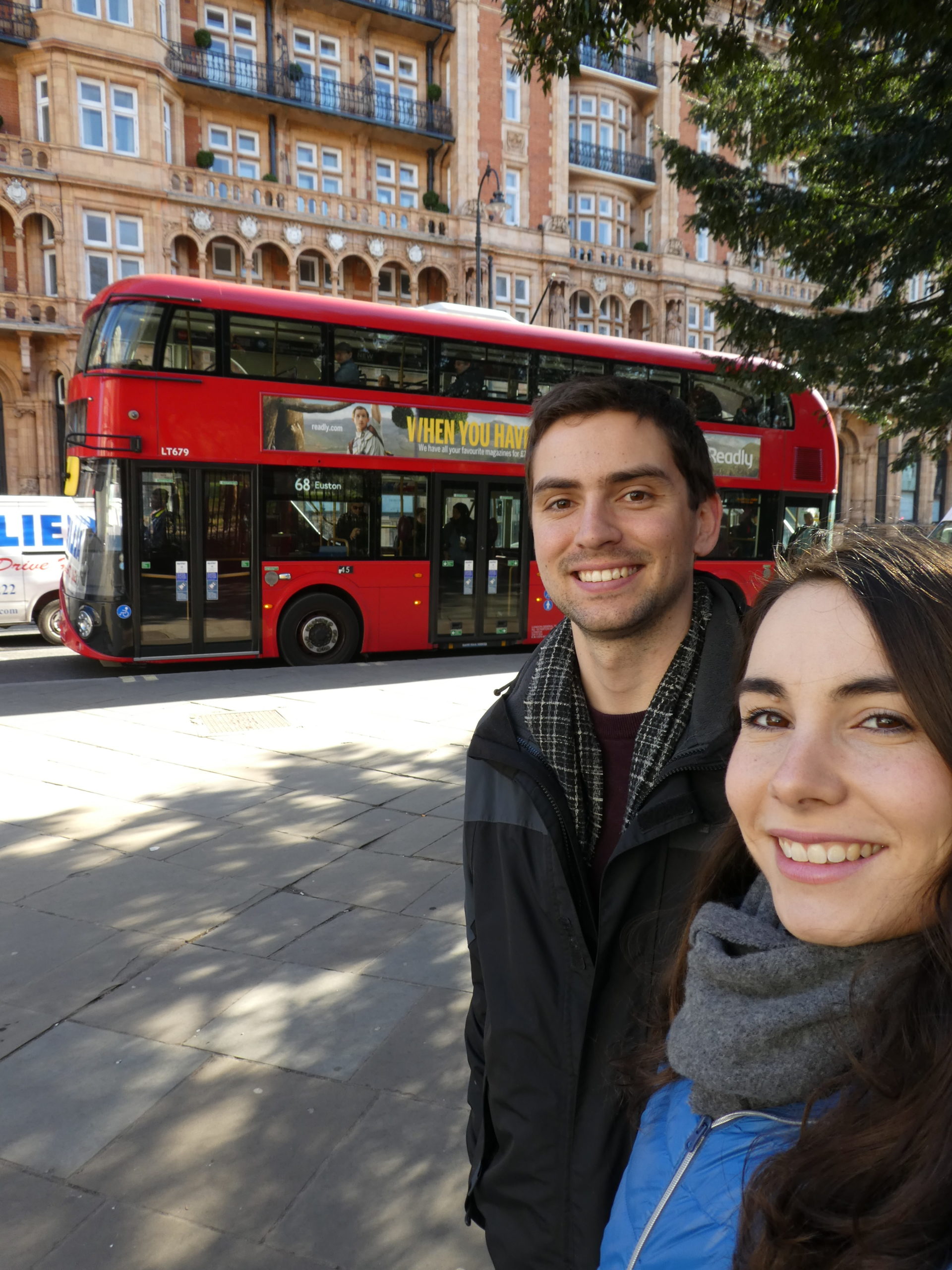
Choosing the Right Travel Times
Saving money on travel isn’t only about finding good prices, it’s also about planning the trip around the right dates and making wise decisions regarding travel times. For example, it’s not very efficient to book a night in a hotel when you aren’t even going to arrive until 11 pm or midnight. That means you basically paid the full price for half the value. If possible, try to get the most out of your days by planning an early arrival time. Reaching your destination by early afternoon or even morning means that you can spend an entire extra day on location without first paying for the night before. Sadly, the most convenient flight times are almost always the most expensive. The cheapest flights are usually either very early in the morning or have very late arrival times. For the reason mentioned above, we believe that it is much better to arrive too early than too late. That way, you essentially get 2 days for the price of 1 night at your destination.
“But what do I do with my luggage if I can’t check into my hotel?” We’ve found that most hotels will actually let you store your luggage until your check-in time. So go ahead and find your hotel and ask if you can check in early. If not, ask if they’ll secure your luggage for you until your room is ready. They will almost always say yes.
Furthermore, if you can, try to be flexible with your travel dates and avoid booking last minute vacations during holiday seasons. If you want to travel during holiday seasons, then you will definitely need to keep a constant eye on prices and try to book well in advance.
Saving Money on Sightseeing
You’re a tourist, so you’ve got to see the sights! “Certainly, there’s no special way to save money on sightseeing, right? You just go to each place and either you pay the entry fee or miss out.” This mindset makes sense, but luckily for us poorer travelers, it’s not entirely true. The obvious way to save on sightseeing is to pick out sights that don’t charge an entry fee or that are spectacular enough to view from a distance.
Admission Fees
Sadly, more and more places are beginning to charge an entry fee and most of the time, these fees seem to be set under the assumption that you’re only taking one vacation this year. What we mean is that admission prices are becoming ridiculously high. If you get somewhere and see an unaffordable entry fee, then you really need to consider if entering is even necessary. This can sometimes be really hard to judge because you often can’t know if it’s worthwhile before actually going in. That’s also where goal setting (as mentioned at the beginning of this article) comes in handy. In our experience, paid admission sights are almost never worth the fee they charge. Really, you need to consider what exactly you’re getting for the price they charge and then decide if it’s worth it for you.
Discounts
If you do decide you’re at a must-see sight, then you can always ask what kind of discounts are available. Asking is free, right? Many times, places will give discounts for a wide number of things that you would not have considered. For example, you can sometimes get discounted parking and entrance if your hotel partners with the local tourism office (especially in southern Germany and Austria). Other types of discounts are student discounts, senior citizen discounts, corporate discounts, AARP, military and the list goes on! This also applies to hotels and restaurants. You can even just do a quick online search for discounts. There are plenty of websites like Groupon that offer deals (usually for groups). It never hurts to check!
Tours
A tour is a great way to see lots of sights for a fixed price (usually cheaper than booking everything individually), but the most extensive tours can often come with a hefty price tag. So how do you get around that? Sure, you can ask for discounts or check online like we mentioned above, but there’s actually an even better way to get a great tour for the price you’re willing to pay. The Sandeman’s organization pioneered the idea of free walking tours and they are always awesome. They don’t yet have tours available everywhere, but the model has become so popular that there is almost always at least one copycat company offering free tours at your chosen destination. Here’s what makes Sandeman’s tours so awesome in our opinion:
- Free: These tours are on a donation only basis, meaning that you pay whatever you can afford or whatever you think the tour was worth. The guides will never pressure you into donating nor will they make you feel like you should donate a certain amount. You pay what you’re comfortable with!
- Informative: The tour guides are very knowlegable and able to answer almost any question thrown at them.
- Extensive: Most tours usually last 2-3 hours, meaning you get taken to tons of sights and get plenty of information at each place.
- Funny: The tour guides often have a great sense of humor and take a very relaxed approach to the tours, simultaneously keeping you interested and entertained.
- No admission fees: These tours will never take you somewhere where you’re obligated to pay an admission fee. They’ll take you to these sights, but they’ll give you all of the most important information and sometimes can even show you a secret spot that most people don’t know about.
We also mentioned that there are copycat companies, trying to offer the same thing. We’ve tried some of these out and agree that they are hit and miss. Some do a great job of keeping the tour honest and comparable with the Sandeman’s model, but we’ve been on some copycat tours where the tour guides pressure you into giving a bigger donation than is appropriate. We took a free tour in Cusco where this happened (you can read more on that in the article). If you find yourself in that situation, don’t let yourself feel intimidated. Pay what YOU can afford and feel is appropriate.
If there is no free tour available at your destination, then you can usually stop by a local public tourism office or any hotel kiosk and pick up a brochure containing a city map and all of the local attractions. You can use this to build your own self-guided tour of the city.
Final Thoughts
There are a number of clever tips for saving money while traveling on a budget. We hope this article helped highlight some of the biggest concerns you may have when trying to budget for a vacation. Likewise, we hope this will alleviate some of your worry about financially supporting your much needed holiday. Remember: Diligence is key. Don’t give up on your travel dreams, just keep looking and don’t be afraid to ask for help.
Feel free to read more general travel tips and tricks and please share some of your own tips and tricks that you’ve picked up on your adventures! We look forward to reading your comments. 🙂
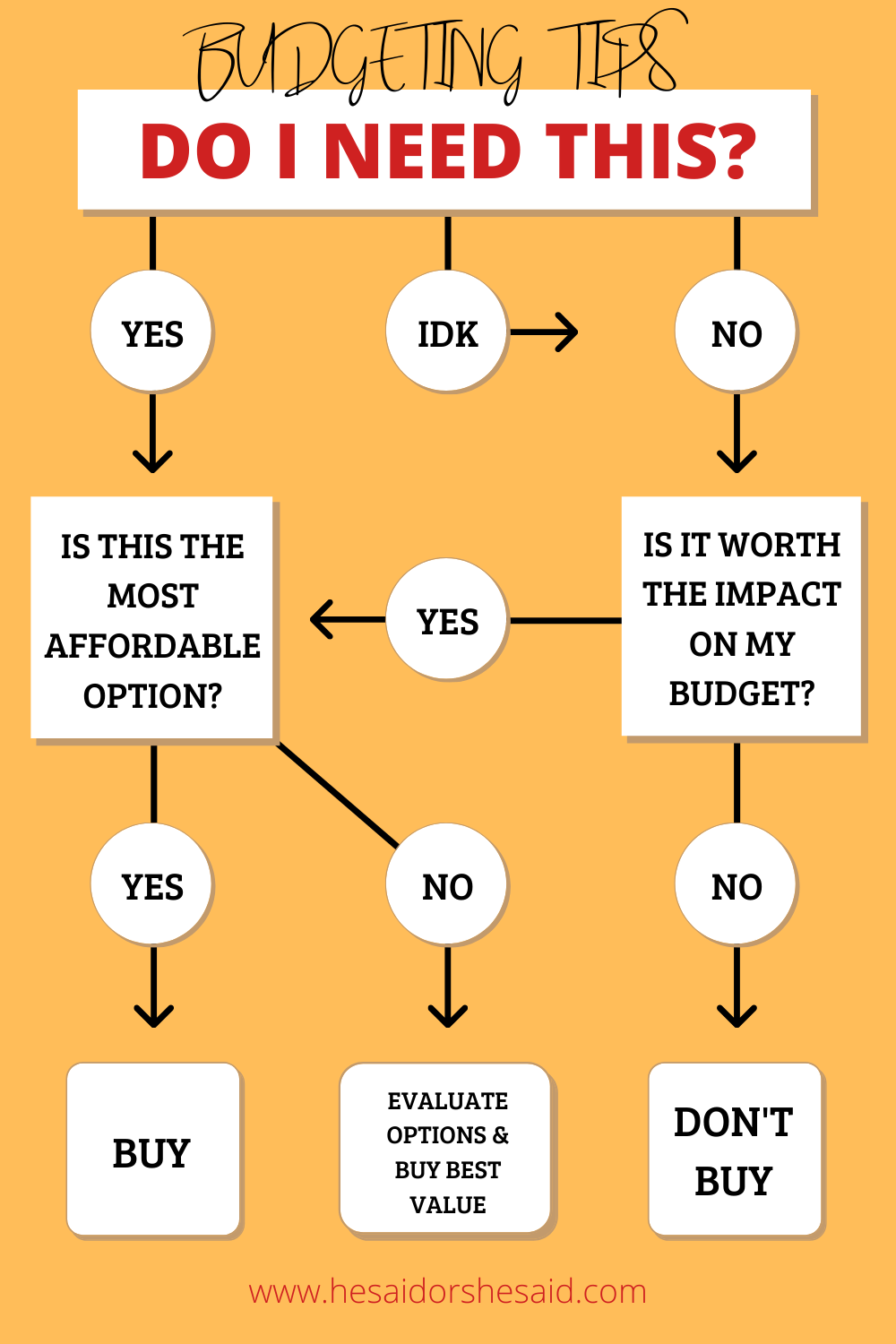

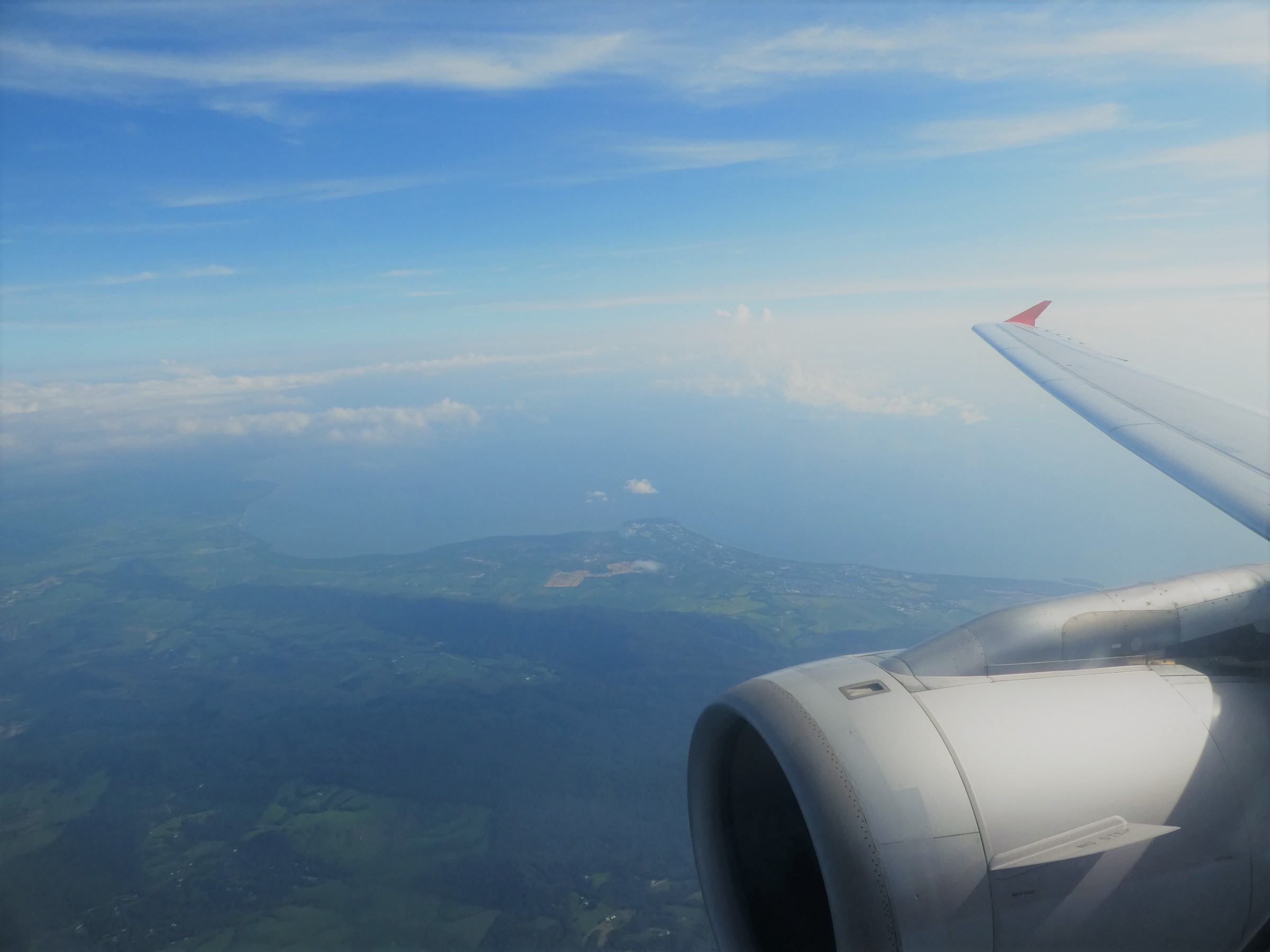
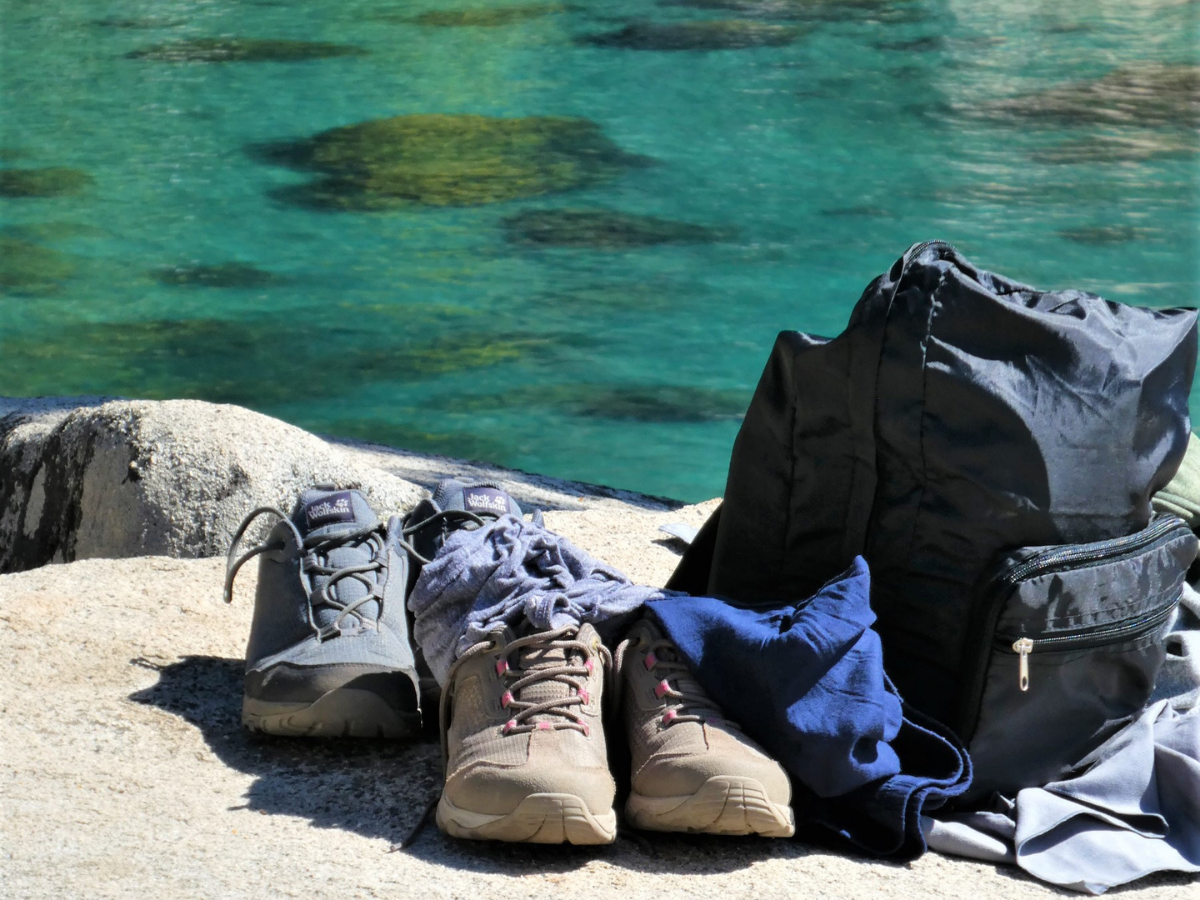
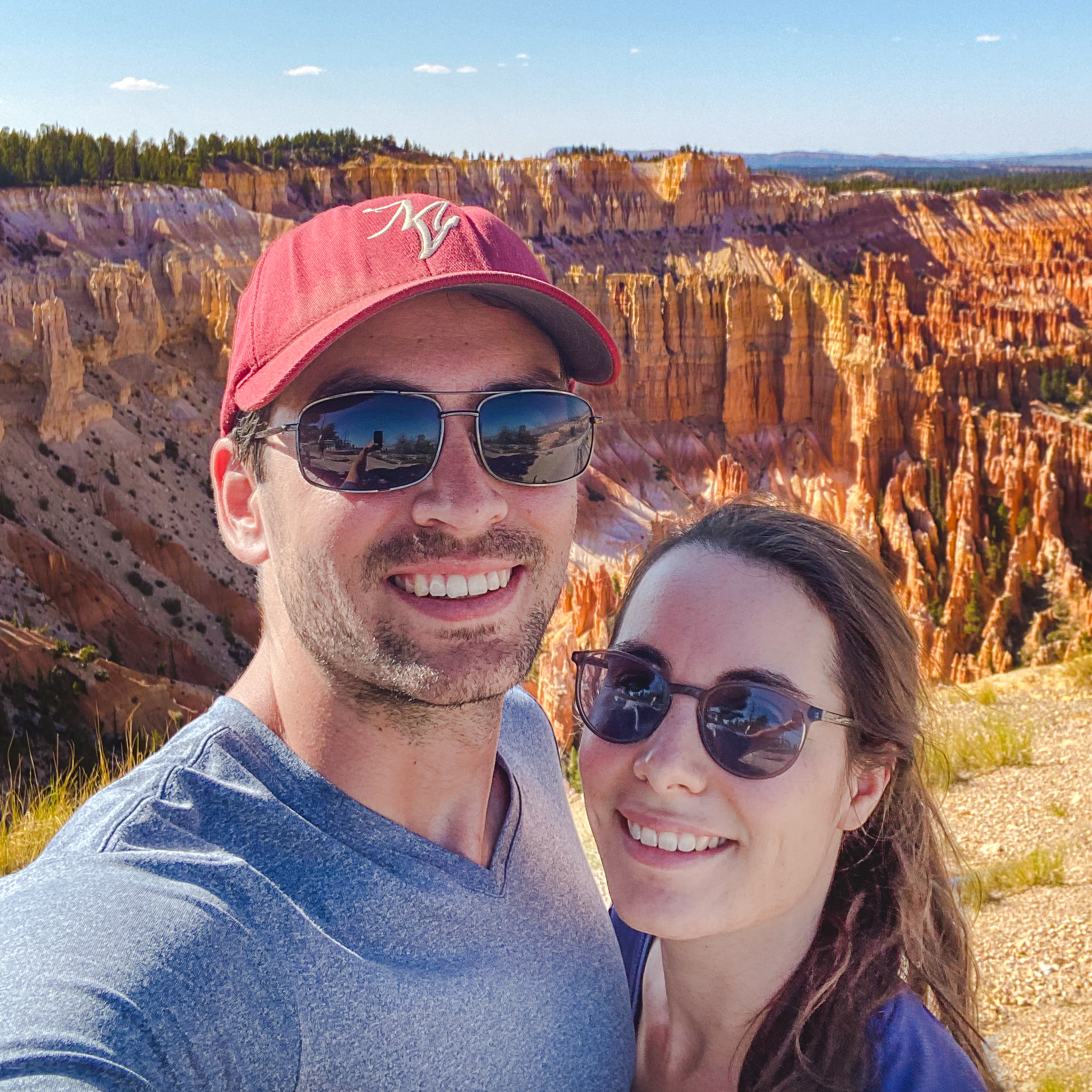




Very useful information for budget travelers, Thanks! 🙂
Thank you for reading! We’re glad our information was helpful 🙂 If you have any more questions, just contact us 🙂